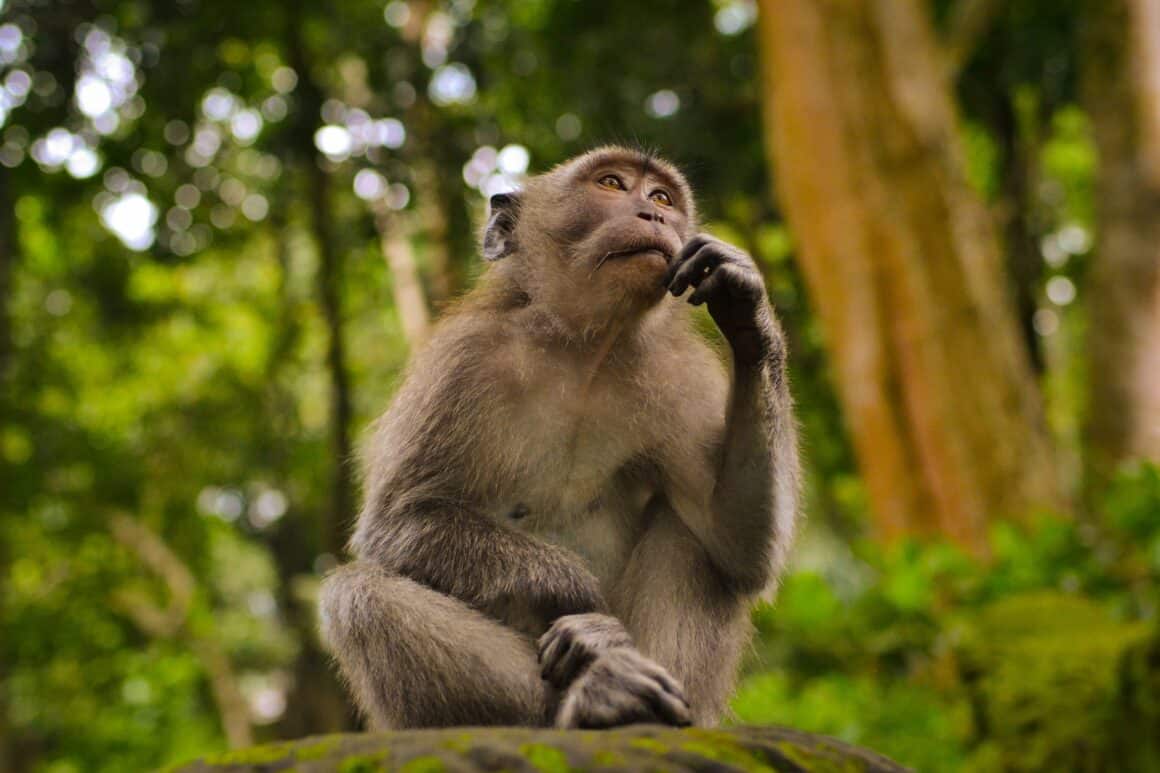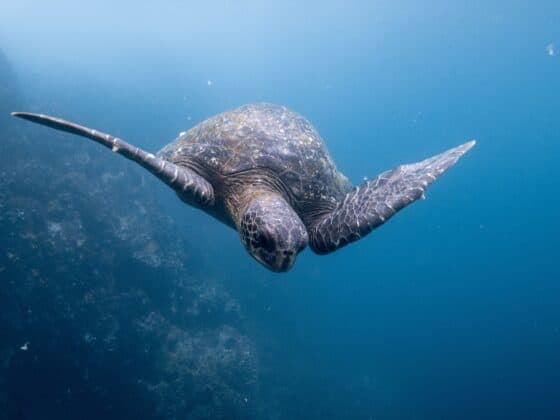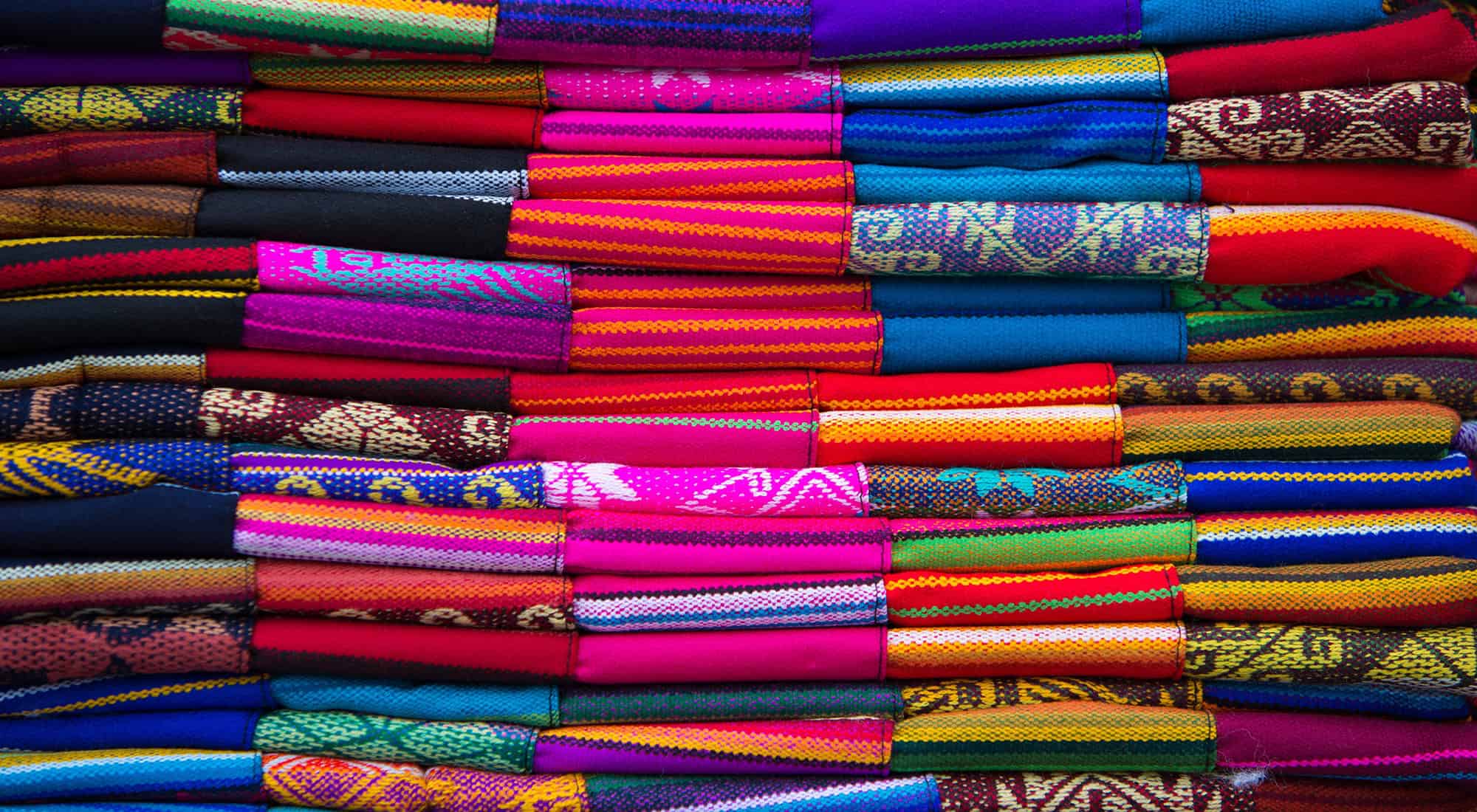Misahuallí, a charming Ecuadorean riverside village, was introduced to the white-fronted capuchin monkey (Cebus albifrons) in the 1980s.

At the time, the story goes, a pet male monkey named Octavio escaped from his owner, who then tried to lure him back with a female. Instead, she also escaped and the young couple took up residence in a tree by the river.
Among their progeny was Peco, another male who became famous for his mischievous antics with tourists. Peco and his family eventually moved from the outskirts to an abandoned house right on the plaza, where he came to an untimely end in the jaws of a local great Dane. Peco’s troop, however, not only multiplied but also thoroughly integrated themselves into Misahuallí society.
The monkeys’ interaction with humans is a subtle and unusual one, in which both sides appear to benefit. The monkeys have gained a steady source of food and shelter from the town’s shops and tourists, and the townspeople have gained an important tourist attraction.
The capuchins have proven amazingly adaptable due to their ability to consume a wide variety of foods, as well as their behavioural complexity which has enabled them to learn how to unscrew the tops of bottles, unzip tourist luggage, turn doorknobs to get into houses and open refrigerators for a snack.
The commensal relationship of Misahuallí’s two species of urban primates (those with and those without a camera) has also attracted serious scientific attention. An anthropology student did her PhD research here, comparing the town monkeys with their country cousins.











